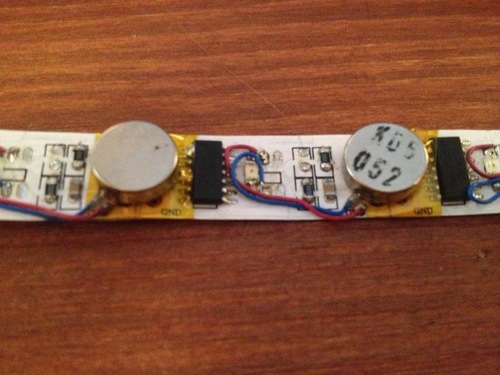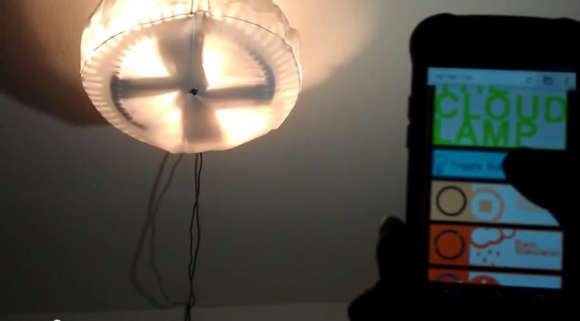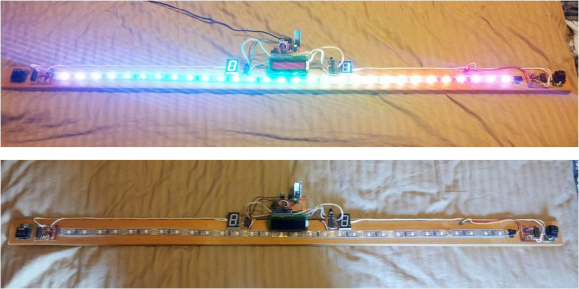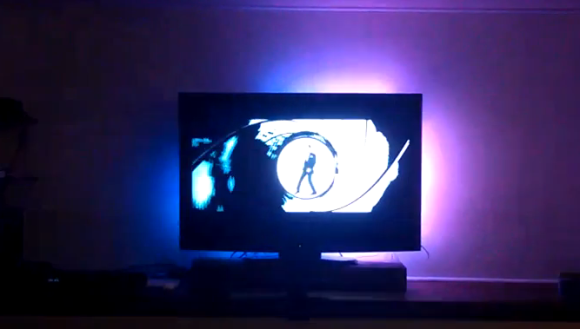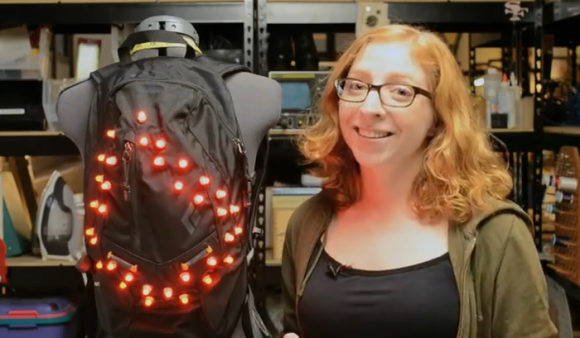Hackaday alum [Caleb Kraft] tipped us about a nice hack he got to see at the Open Hardware Summit this year. It is a flexible haptic strip made from a LED strip.
Cheap flexible printed circuit boards aren’t easy to find, so [Jacob] basically switched all the RGB LEDs of his strip with shaftless vibratory motors. The LEDs were addressed using WS2801 LED drivers so the hack also consisted in shorting the current feedback resistors. As a result, the motors will use as much current as the driver can give and [Jacob] can individually drive each motor. Luckily for him there already was an Arduino library called fastSPI to drive the strip, so he managed to make a nice haptic device in no time. In case you were wondering, the maximum number of motors you could drive is 32.
Our own [Eric Evenchick] also saw a lot of great project demos during his time at the OHS.
[via EE Times]

